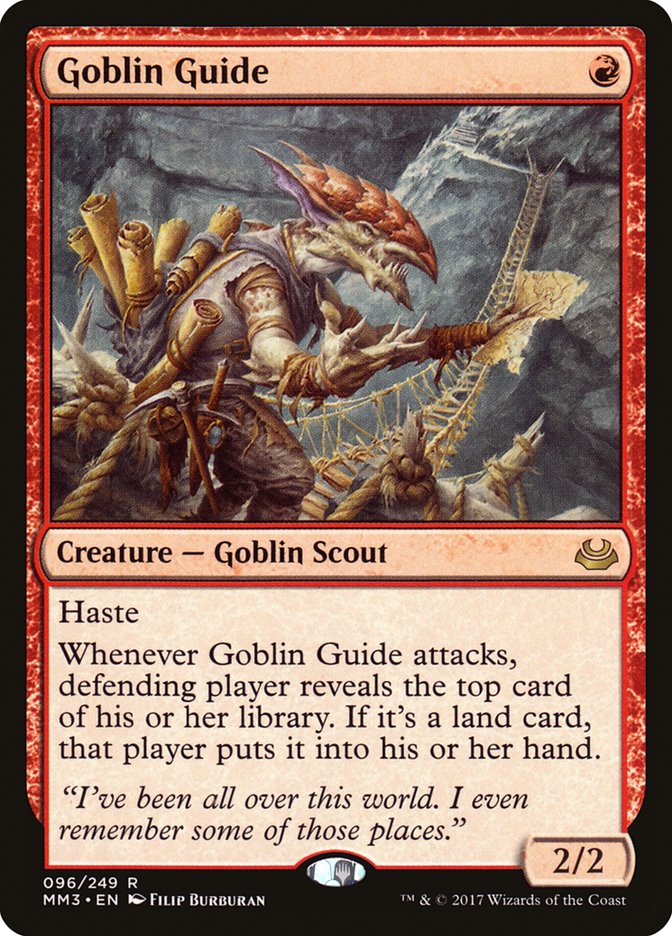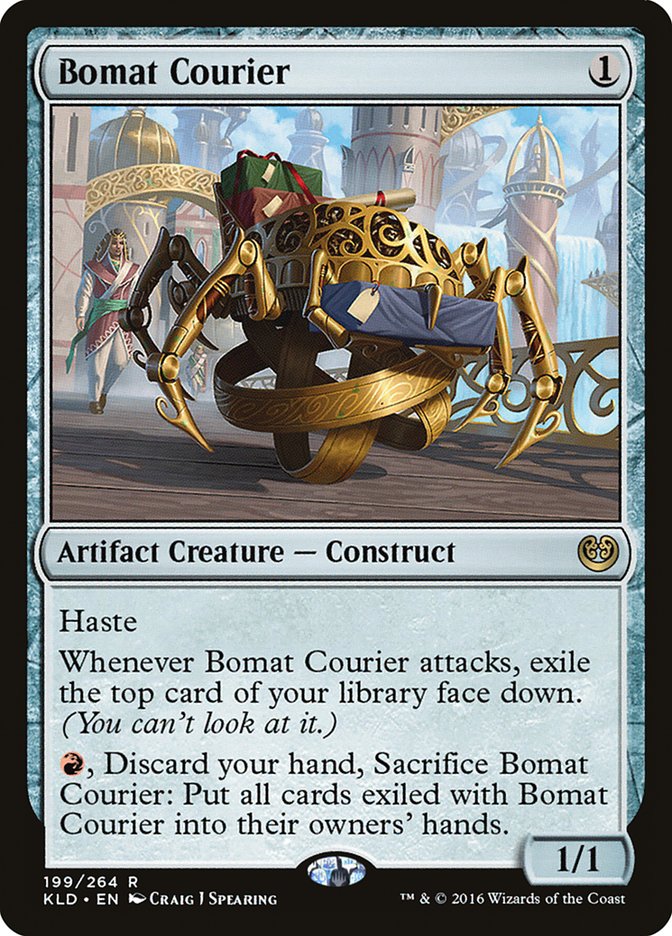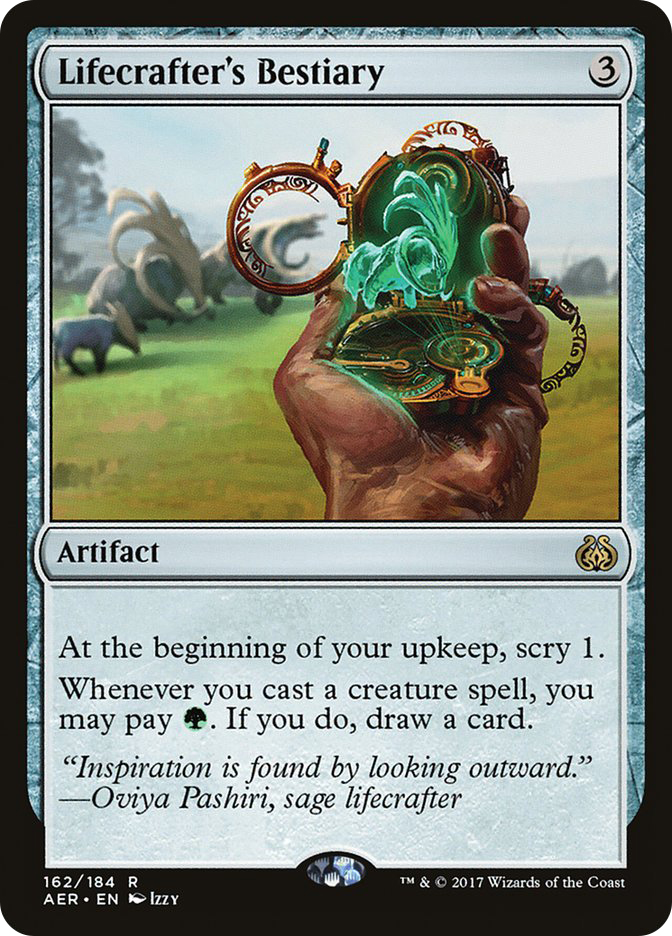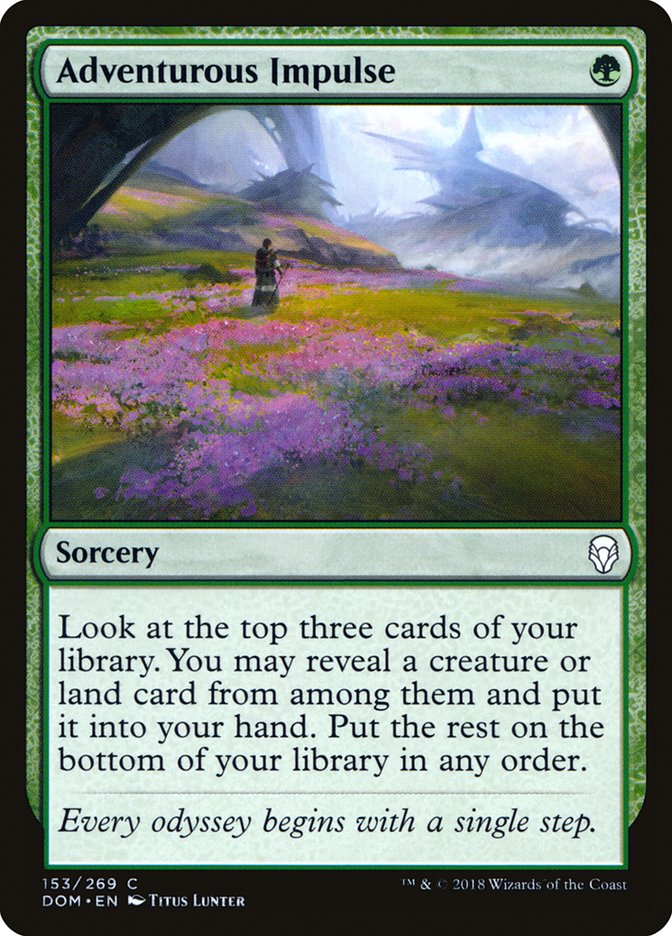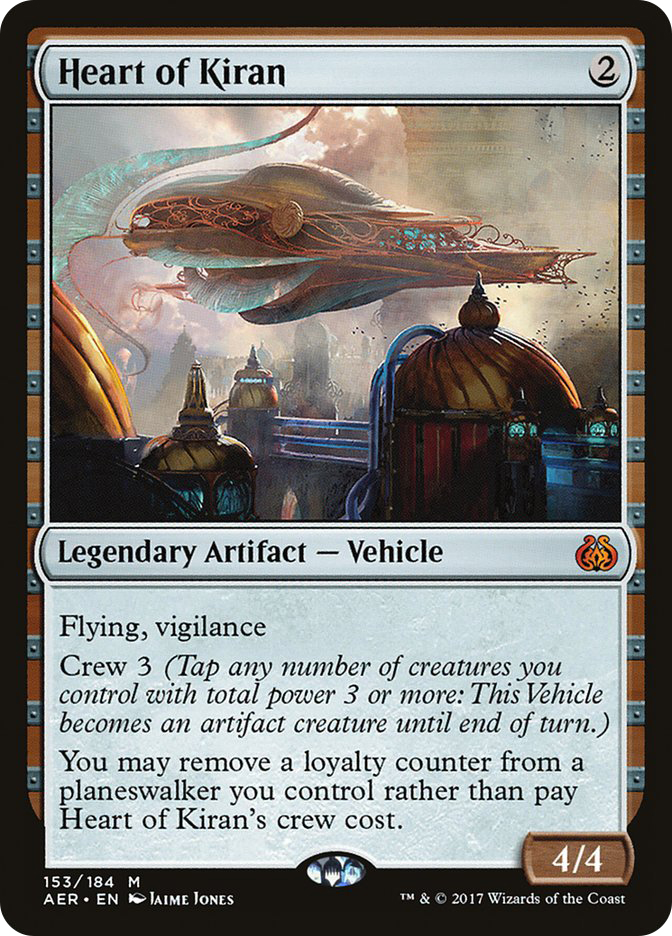I sit in front of my laptop, typing this article, sad and humbled by my experience at SCG Baltimore. The Peach Garden Oath came, saw, and went home later that day.
We got smashed. There’s no gentle way of putting it.
The personal highlight for me was a round where we all lost the roll, Huey’s opponent had Turn 1 Goblin Guide, my opponent had Turn 1 Goblin Guide, and Reid’s opponent had Turn 1 Bomat Courier. You couldn’t even make that up if you tried.
I laughed and gave the guys props. Running three Mono-Red decks is pretty sweet.
I got some flack in the comments a few weeks ago from a line in one of my articles which declared my Magic Online winrate to be 67%, and I would like to reiterate this point, since I find it more to be a reminder of reality and not bragging. I’m willing to entertain the argument that I’m not Magic’s best player right now, and if I had to bet I’d say it’s likely that I am not, but I’d like to think there was a period of time when I was, and during that time people would be shocked when I lost.
My 33% of matches that are losses are made up of all my manascrew, flood, mulligans, and unfortunate pairings, but it’s also made up of all the times that I make mistakes. I’ve lost some games which by all means I should have won, and I continue to foul up daily. Literally yesterday, in a Magic Online draft, I attacked a 3/4 into a 5/4 when we both had zero cards in hand.
I’m just a man made of flesh and blood and pride. I’m 60% water just like every one of you reading this. I’ve been outplayed before and I’ll get outplayed again. My deck choice for Constructed is always a product of my preparation plus instinct and intuition; I don’t have some kind of superhuman ability to always know what the best metagame decision is.
This is what makes a tournament match between two people interesting. It’s a test of your ability to learn and prepare. Sometimes I play people and they’ll start the match by saying “Good luck, not that you’ll need it!” Rest assured, no matter how talented I am, I can’t change the math enough to not need some luck.
— Owen Turtenwald (@OwenTweetenwald) May 8, 2018
I greatly enjoyed my first-round feature match on camera and I find this picture to be beautiful in a way. My Turn 1 Burning Inquiry discarded both my Bloodghasts, I kept both Hollow Ones, and my opponent lost his Goryo’s Vengeance. Additionally, you may notice a beta Lightning Bolt signed by the artist in my graveyard.
I own four Beta Lightning Bolts, which are some of the most valuable items in my Magic collection, not in terms of raw cash value but because I received them as a gift. It was Grand Prix Washington DC 2013 and I honestly still don’t know the circumstances which led to Luis Scott-Vargas walking around the convention center with four Beta Lightning Bolts in his hand, but he happened to walk by a match I was playing, saw me with ugly white-bordered Bolts, and solely to be generous gave them to me to play with and would not accept them back when I tried to return them.
I love LSV, we’ve been good friends for years, and Magic is amazing today in part because of him. I’m constantly reminded of this because I still use them in tournaments today, they look cool and they’re fun to play with, and they’re the best gift I’ve ever received in my adult life.
On to Standard!
Creatures (29)
- 4 Llanowar Elves
- 3 Verdurous Gearhulk
- 4 Winding Constrictor
- 2 Rishkar, Peema Renegade
- 4 Glint-Sleeve Siphoner
- 4 Walking Ballista
- 1 Thrashing Brontodon
- 4 Jadelight Ranger
- 3 Ravenous Chupacabra
Planeswalkers (1)
Lands (23)
Spells (7)

James Lu won the Team Open playing G/B Constrictor in Standard and I’m not surprised at all. What stands out most to me is how few creature elimination spells James chose to play with. I’ve been heading in this direction myself lately as well. I want to be able to interact with my opponent, but I can’t stand the cost of a dead card in my hand against control, which is increasing in popularity.
After U/W Control won the previous Open, I felt as if Standard was super-straightforward and all the better players on the SCG Tour would default to it as “the best deck” and they were effectively playing face-up, declaring that Settle the Wreckage and Lyra Dawnbringer were the best in show.
It makes me happy in a way I can barely put into words that James has four copies of Duress in his sideboard. It’s one of my favorite cards in Magic ever and it’s probably the card that’s won me the most total dollars ever in the game. It slots nicely into the style of deck I like to play, since it ensures that I improve drastically in matchups where I should be inherently disadvantaged.
If I play black in Standard, I’m almost always doing so because I want to play a midrange strategy based around creature kill, where the whole point of my deck is to grind out, prolonging the game as much as possible to give my opponent maximum opportunities to make a mistake.
Midrange decks in Standard overperform for this reason and my entire career I’ve gravitated toward Abzan, Jund, Mono-Black Devotion, Jeskai Black, and more decks I’m sure that I’m forgetting. When Duress is legal in Standard, you know you’ll at least have a reasonable plan against anyone who wants to win by deciding before the match that they won’t play any creatures in the maindeck. When I saw Duress got reprinted, I literally jumped for joy.
It seems like James had the perfect list for the weekend, since Lifecrafter’s Bestiary is the best trump card imaginable for his deck against control. I’d be surprised if a U/W Control deck won more than 20% of games where the opening is Duress into Lifecrafter’s Bestiary.
Occasionally the fear with cards like the Bestiary is that card draw has diminishing returns when your card quality is flat. But think about it like this: how good is drawing seven cards when your library is 30 Forests and 30 Runeclaw Bears? Now how good is drawing seven cards when you’re playing a Legacy version of Ad Nauseam Tendrils?
You can’t just plug Lifecrafter’s Bestiary into any deck dense with creatures and assume it will solve your control matchup. You need to have a combination of tools to dismantle their strategy piece by piece. I’d also like to note that a deck with this many basic lands can turn Settle the Wreckage into a huge liability for its caster by powering out extra-large Walking Ballistas.
Adventurous Impulse looks great here and not all that different from “the green Ponder,” as Cedric Phillips likes to say. I do like that you get your choice of the cards and you never have to suffer the downside of cards that would normally be left on top. If I’ve worked this hard and my cap is 67%, then I need to do everything in my power to improve my consistency.
And Adventurous Impulse demands so little! For one mana in a game and the cost of a slot in your deck, it’s going to mitigate manascrew and flood while also giving you increased exposure to whatever your best creature happens to be (in this instance it’s clearly Winding Constrictor).
It’s also easy to underestimate the effect that cards like this have in a game or over the course of a long tournament, since Jadelight Ranger and Adventurous Impulse allow James to control Winding Constrictor and Walking Ballista at the same time more often than anyone else.
Adventurous Impulse does even more work. Some of the time you need more mana, and it does that. If you need an early play, it helps there. If you need a removal spell, you can grab Ravenous Chupacabra, Walking Ballista, or Ifnir Deadlands. It looks like a subtle inclusion, but when you have cheap card selection and you can use it to grab creatures, lands, and removal, then it shakes out to be a pretty impressive card, and you can’t beat the efficiency.
Besides the strong showing from G/B Constrictor, it’s not surprising to see four copies of W/B Vehicles in the first six lists, so at least in this week’s version of the Standard metagame, it appears that beatdown reigns supreme and almost always has an anti-control slant. You need to be able to kill Lyra Dawnbringer, you need a solution to Settle the Wreckage, and you need to have a way to go over the top in the aggro and midrange mirrors.


